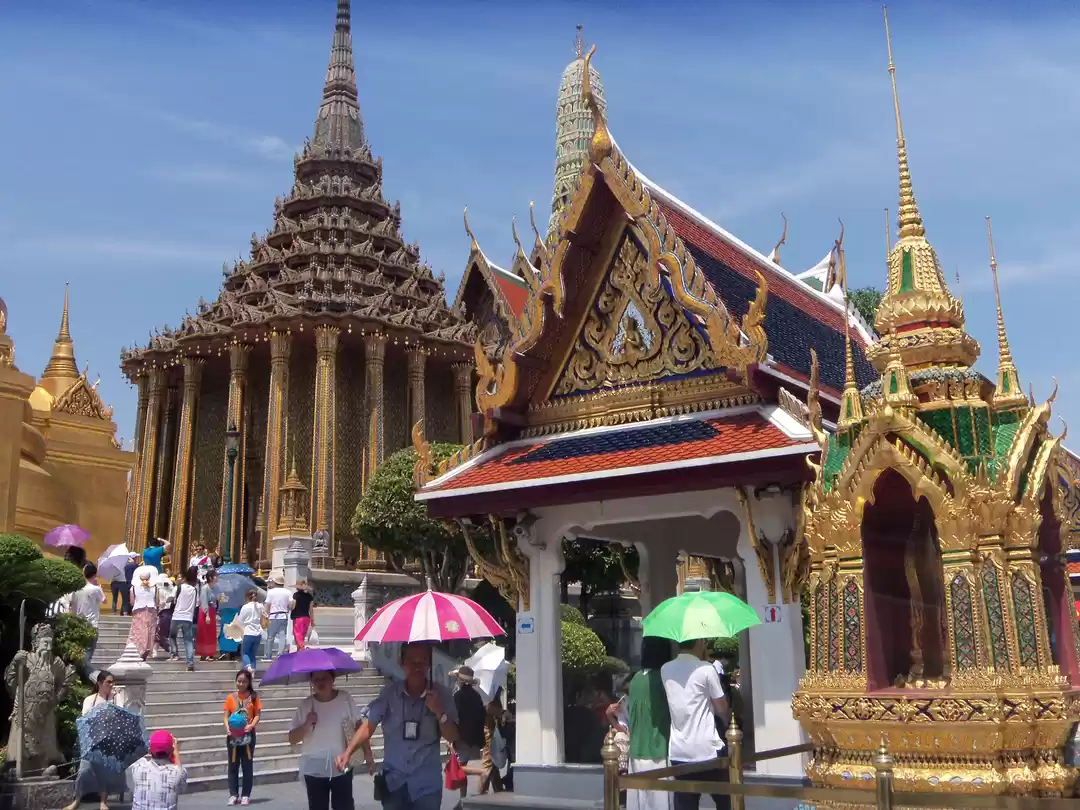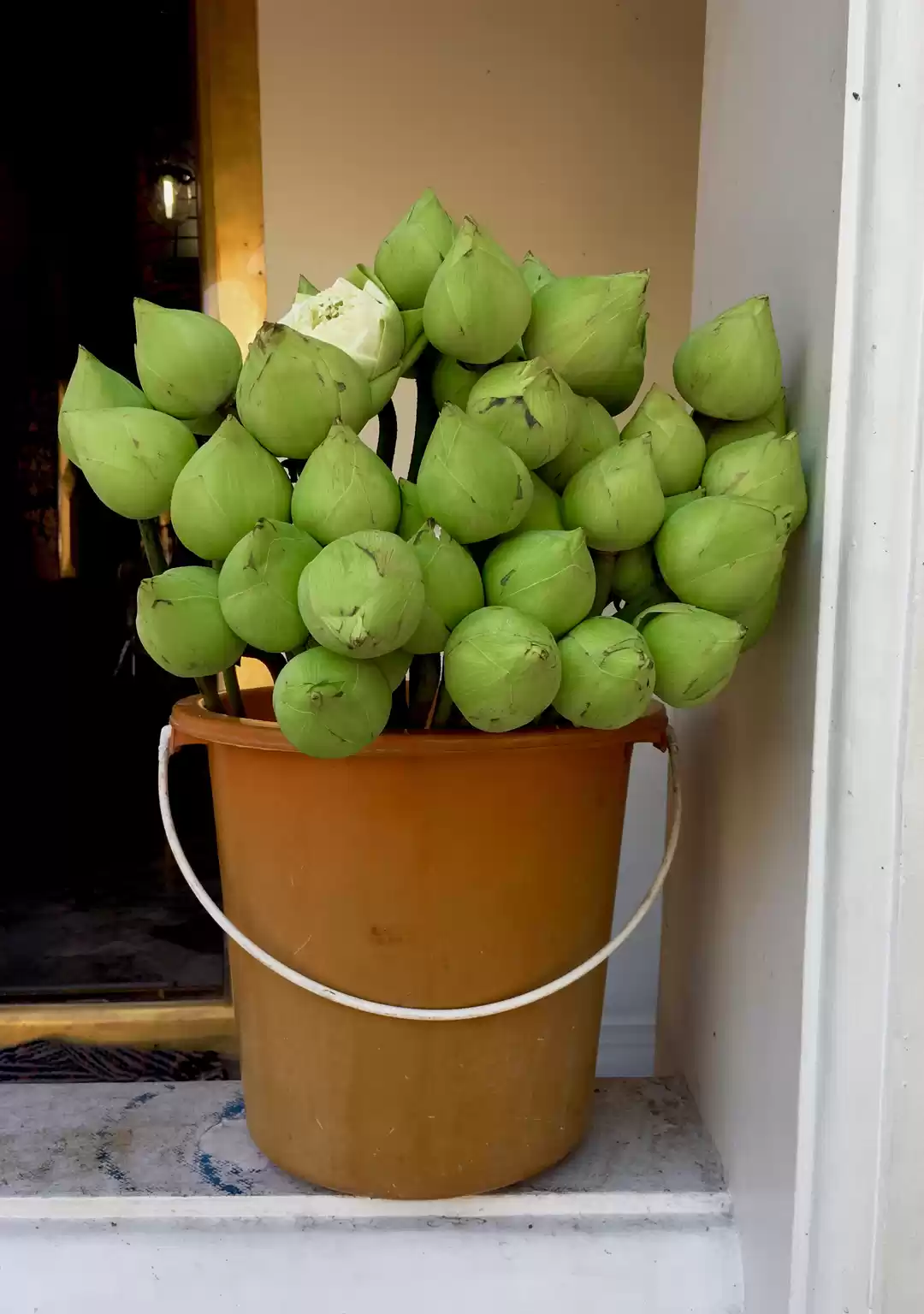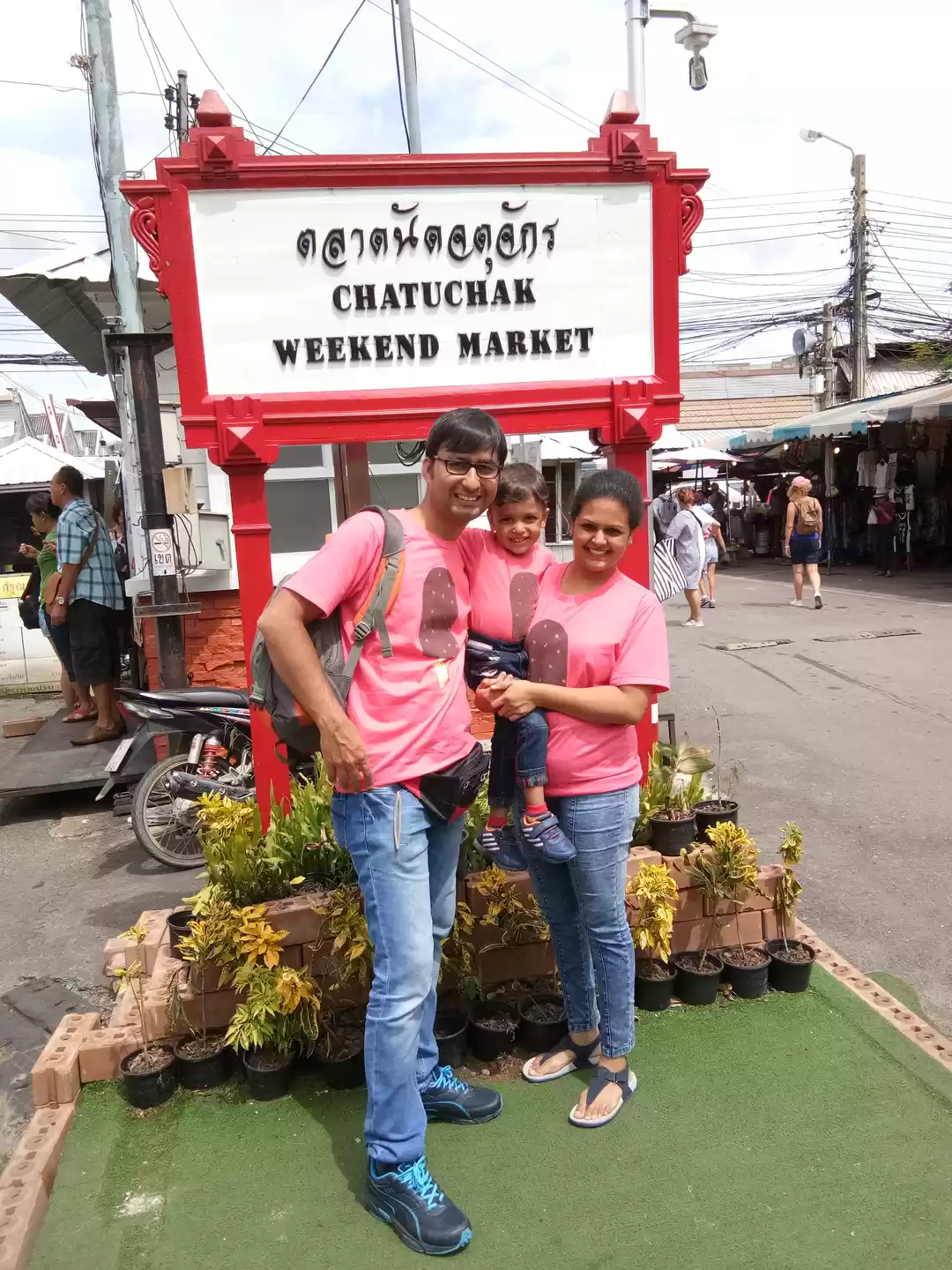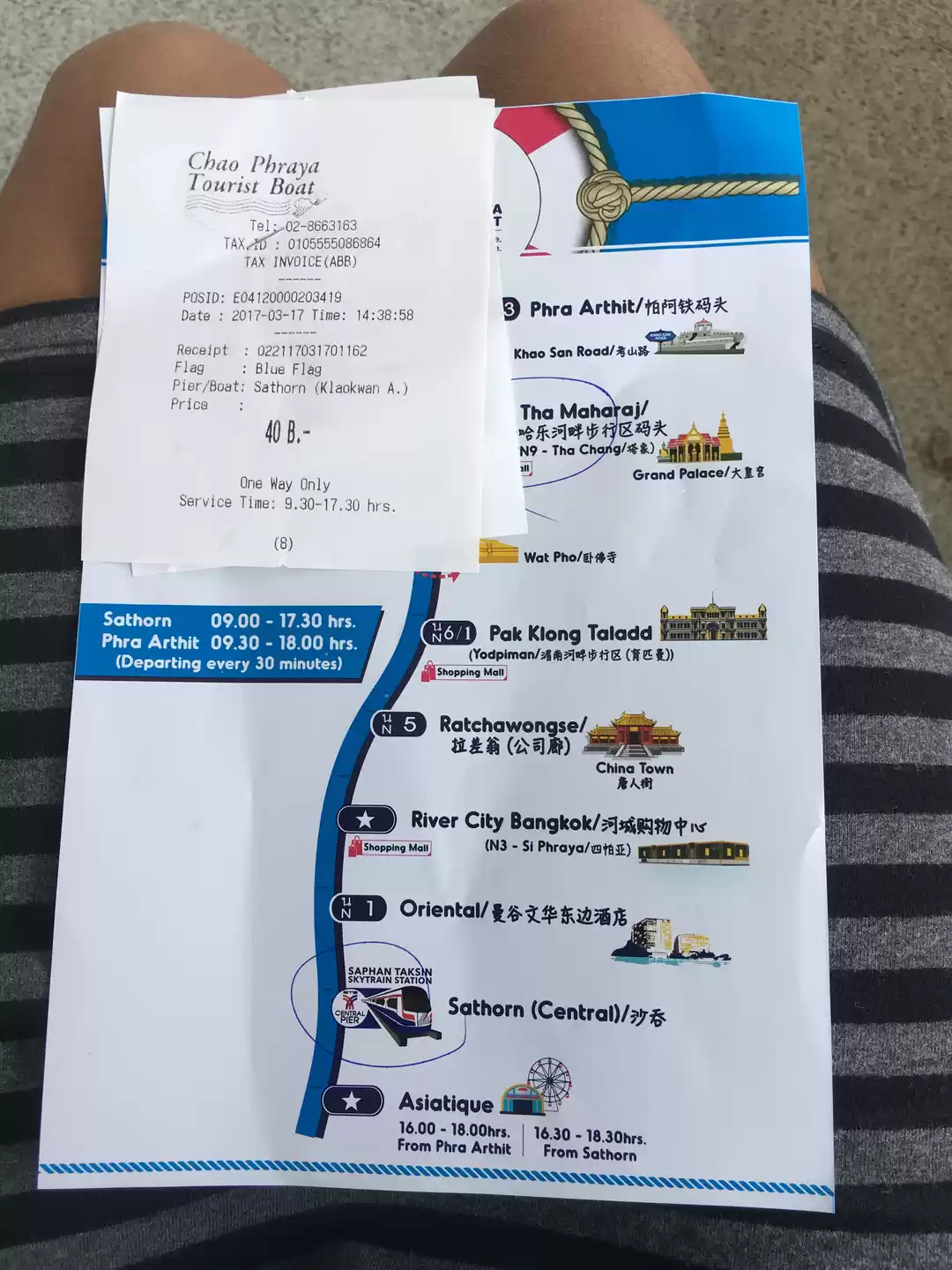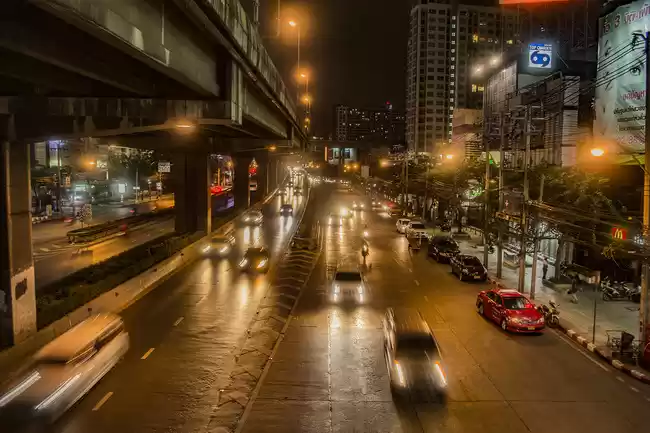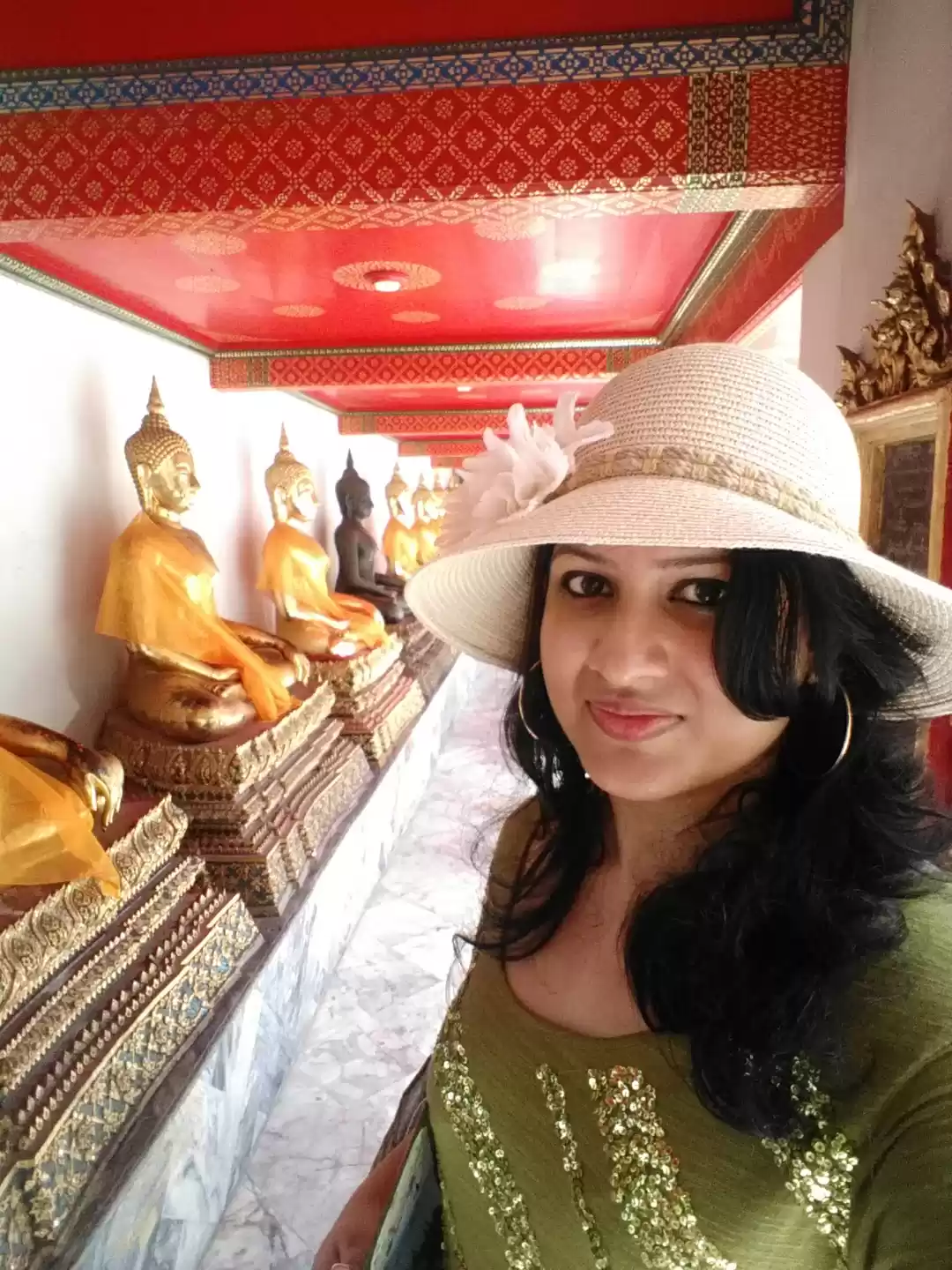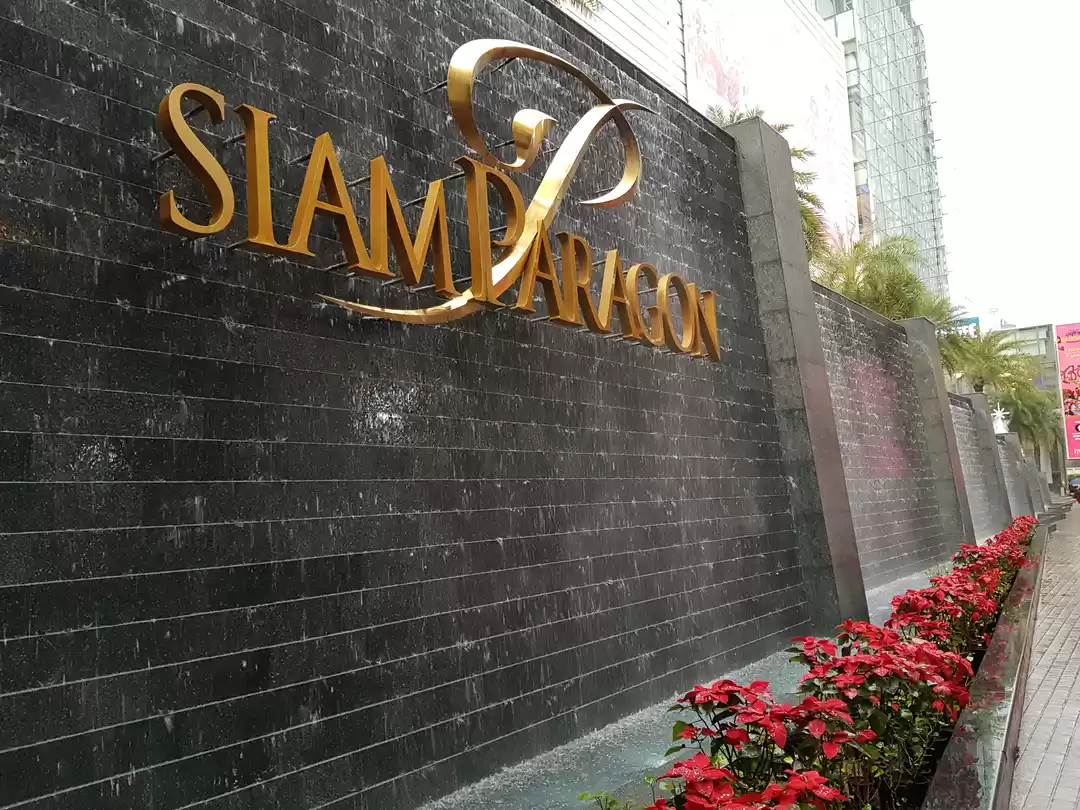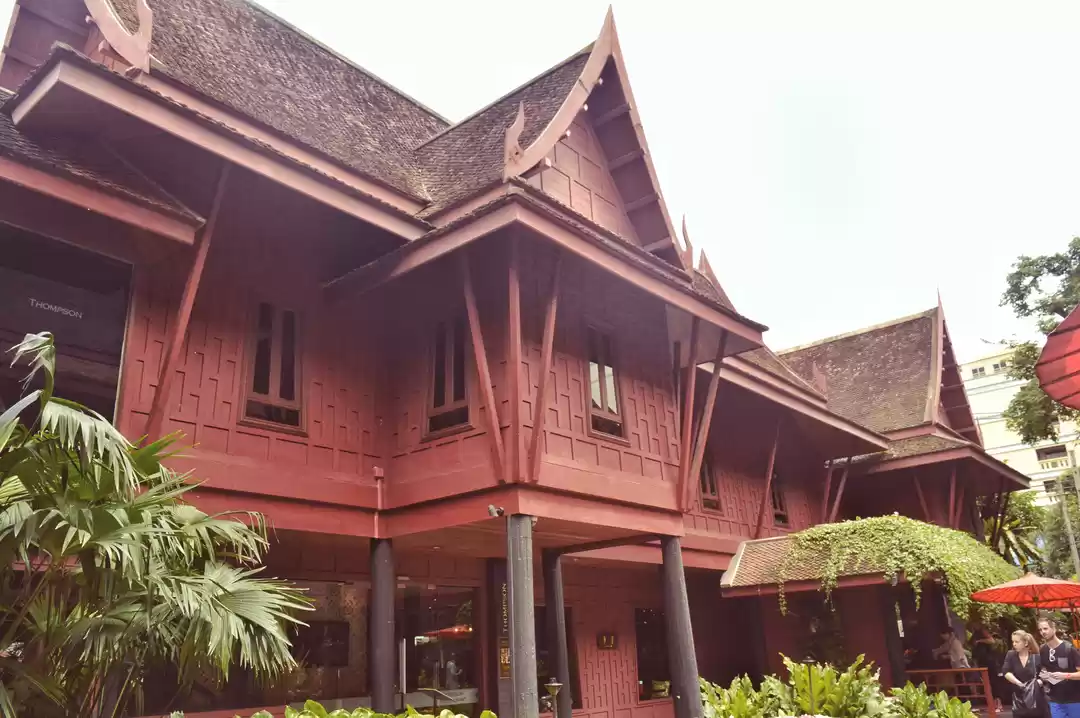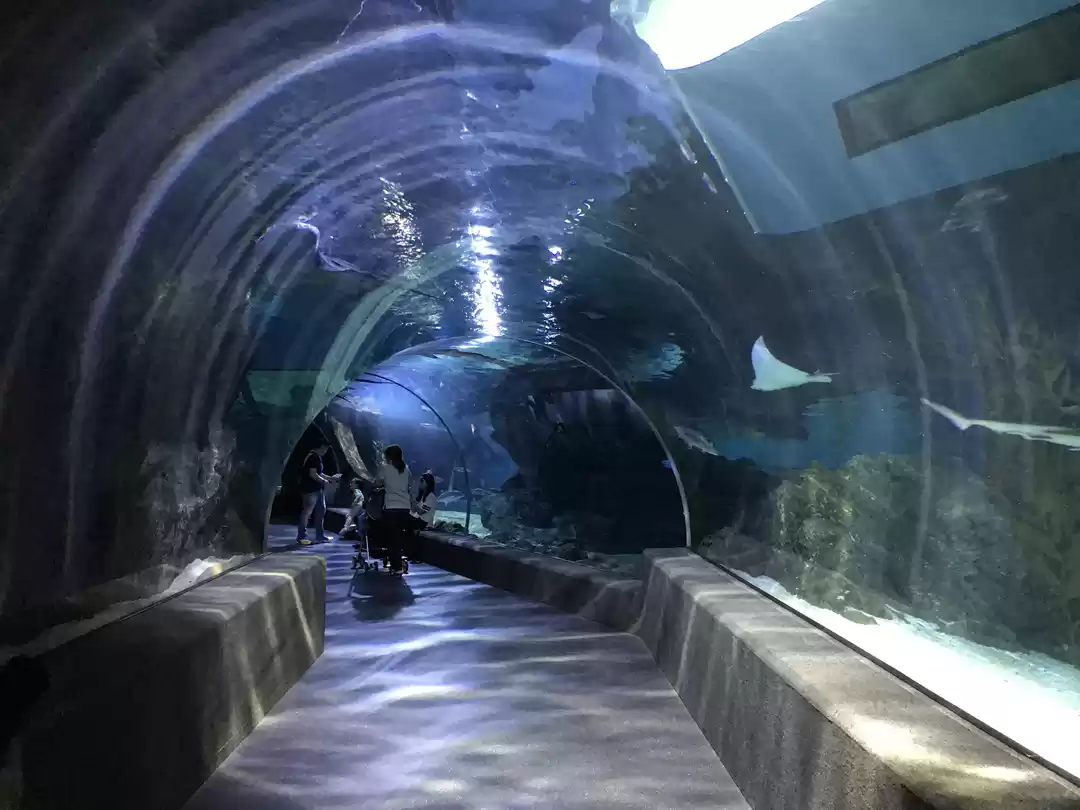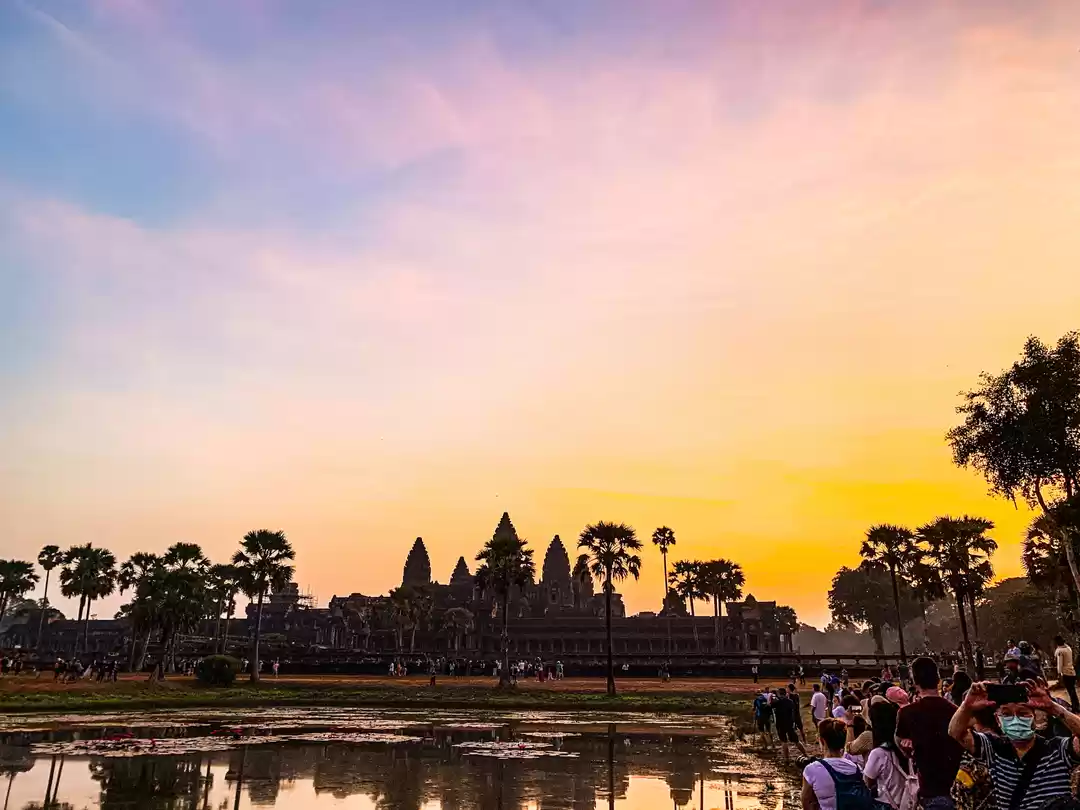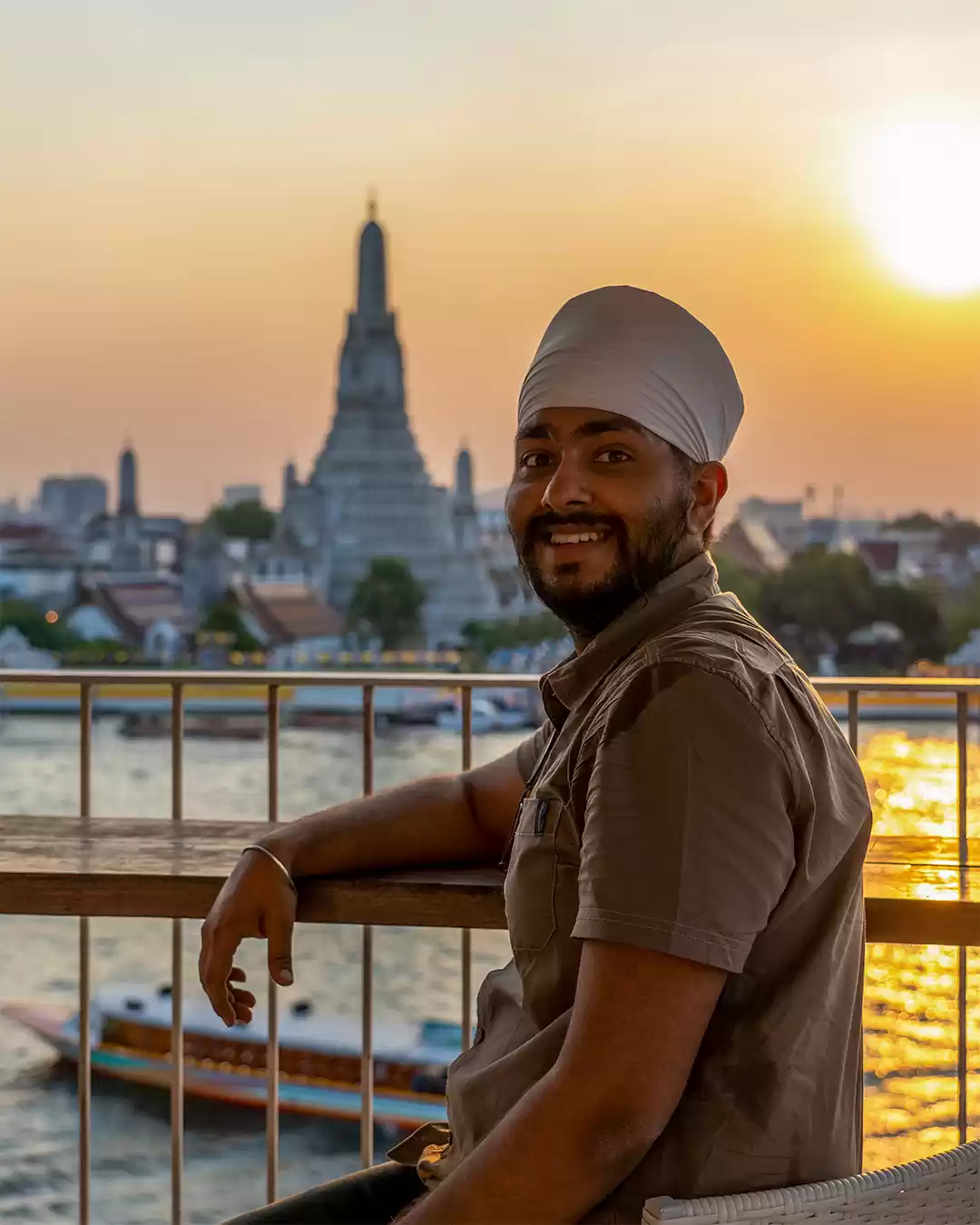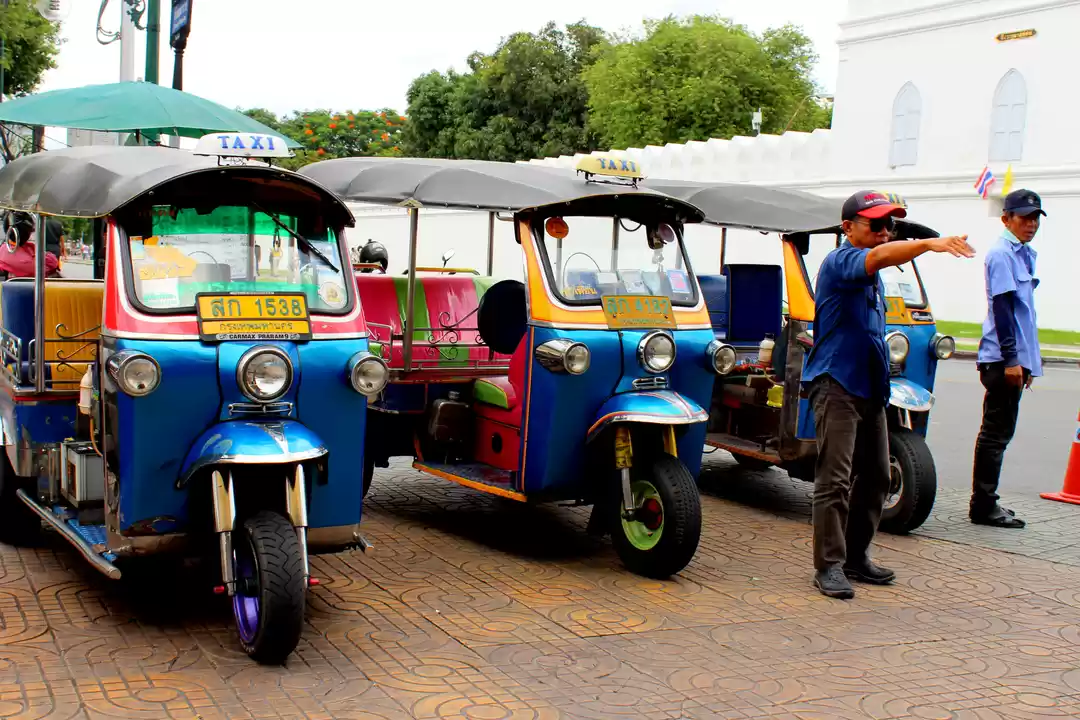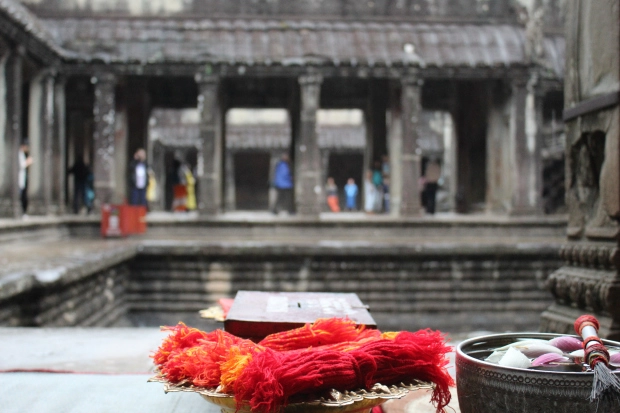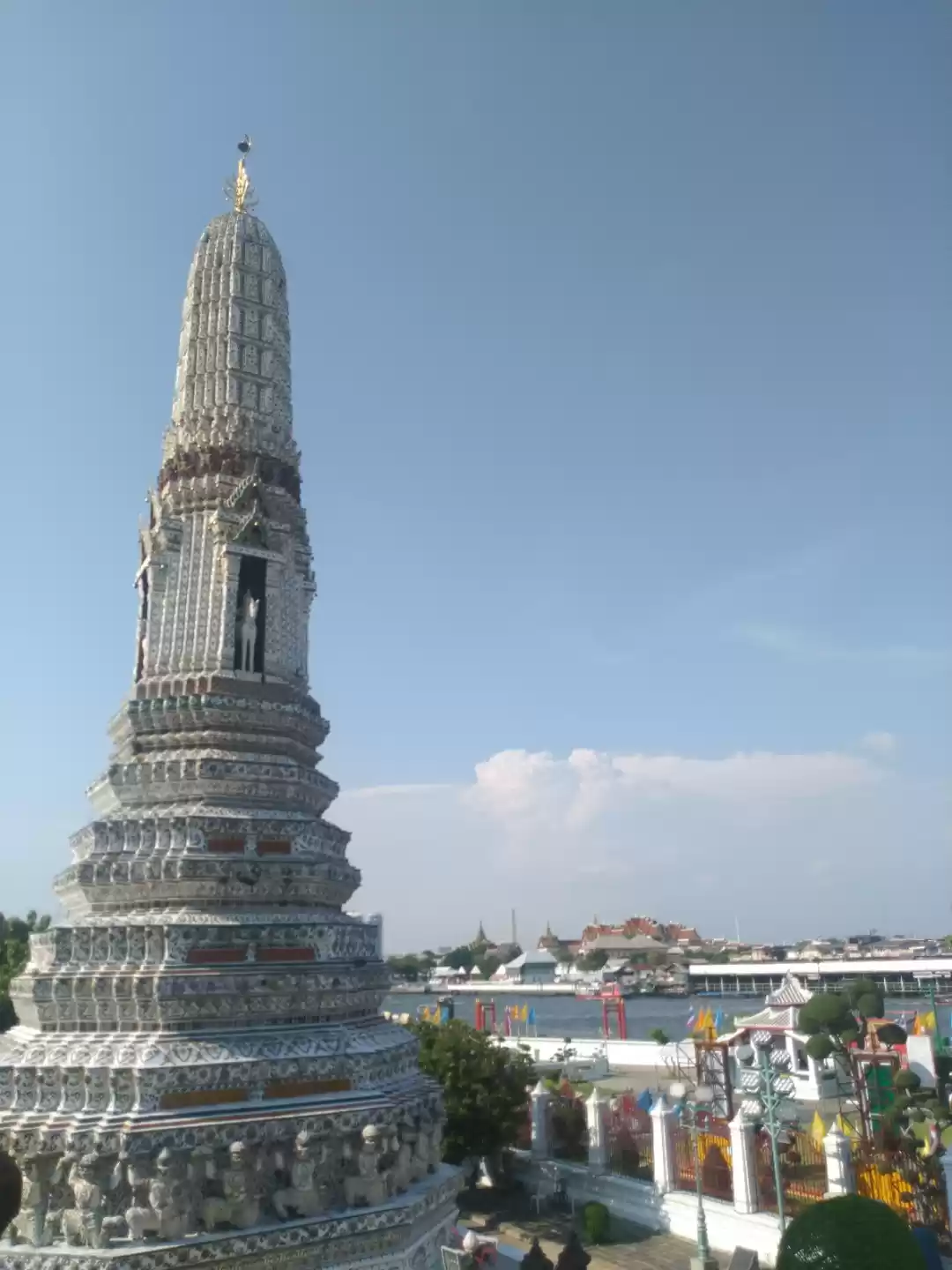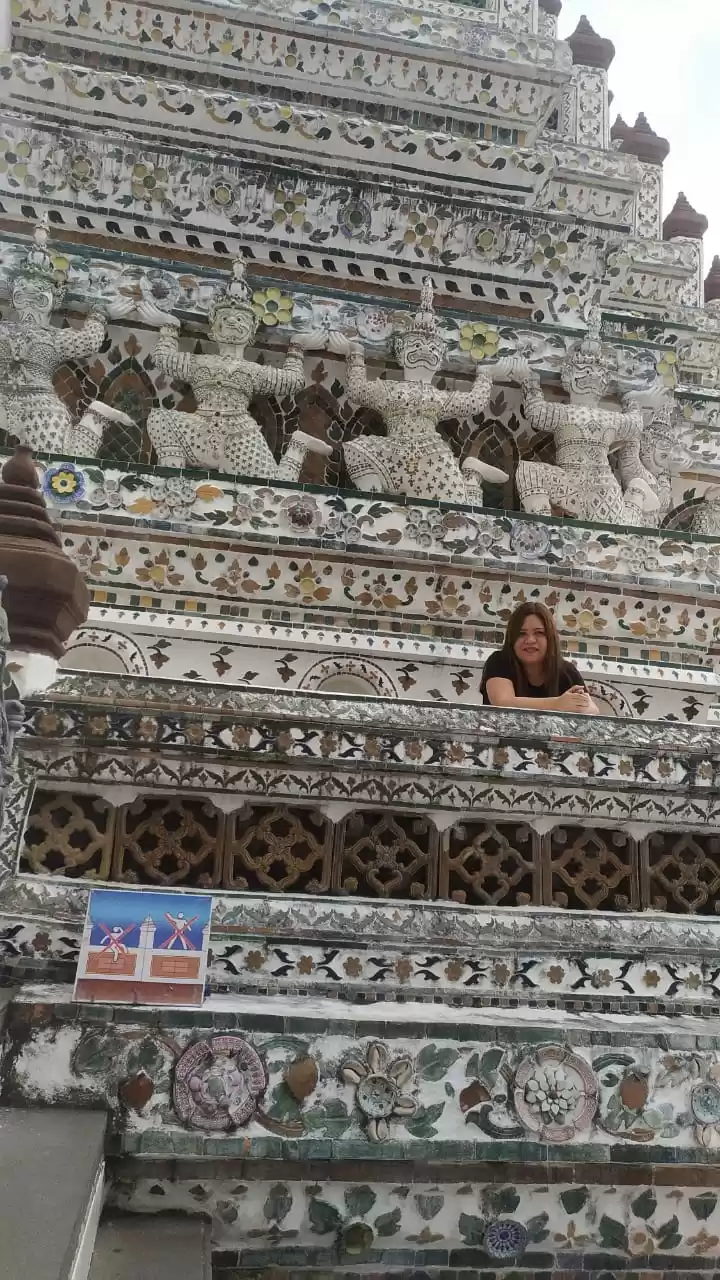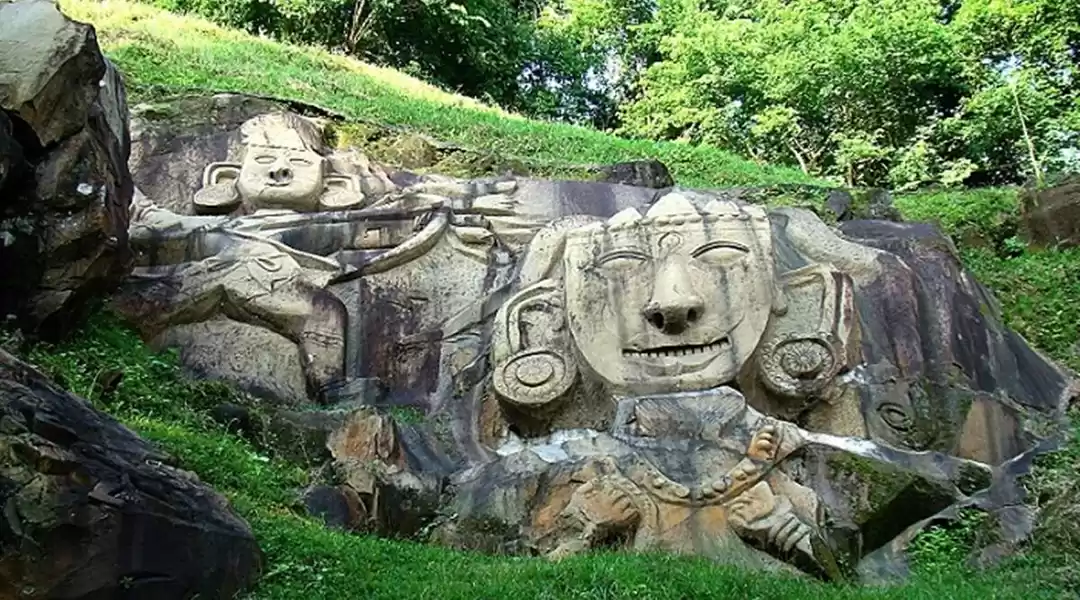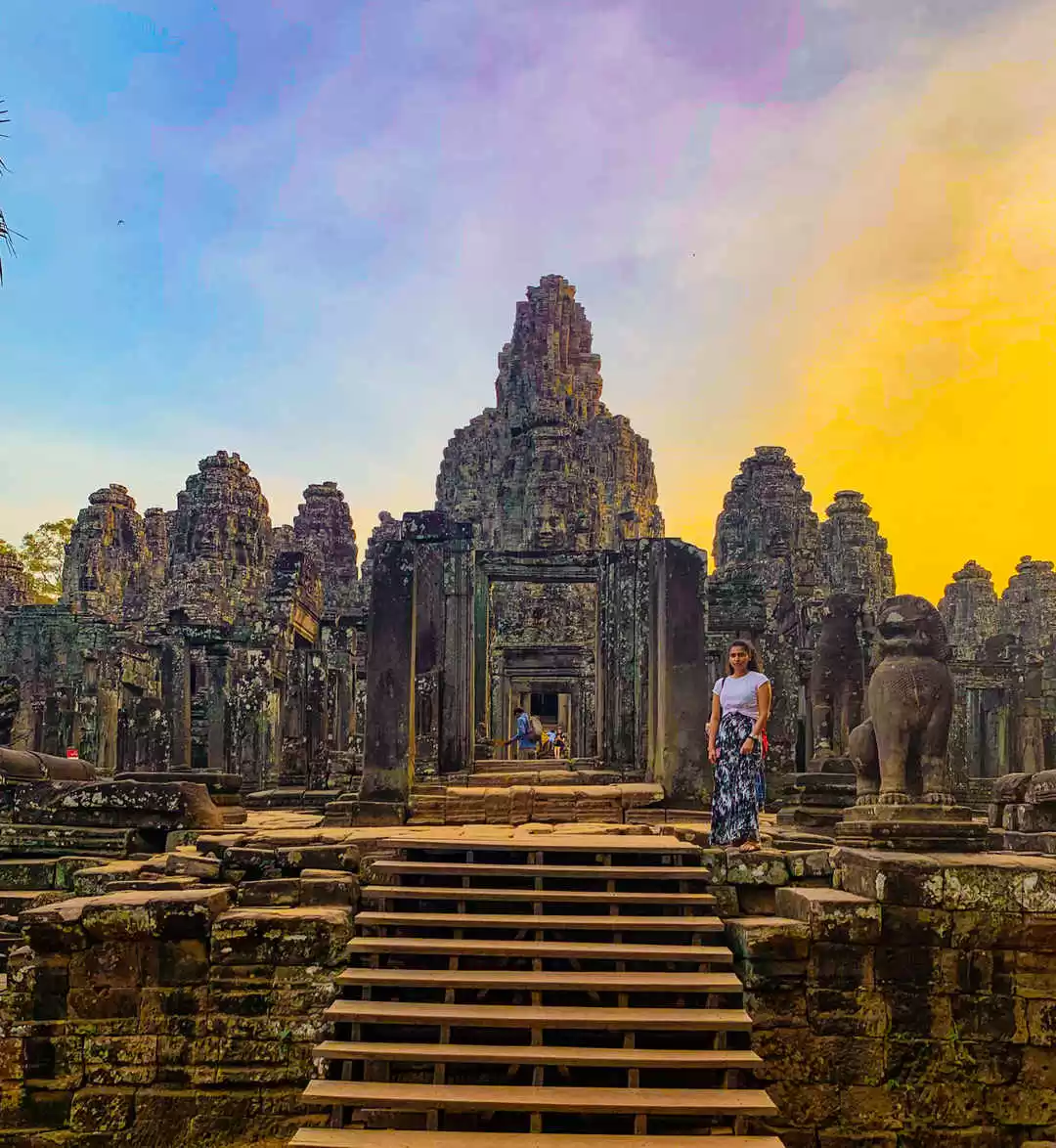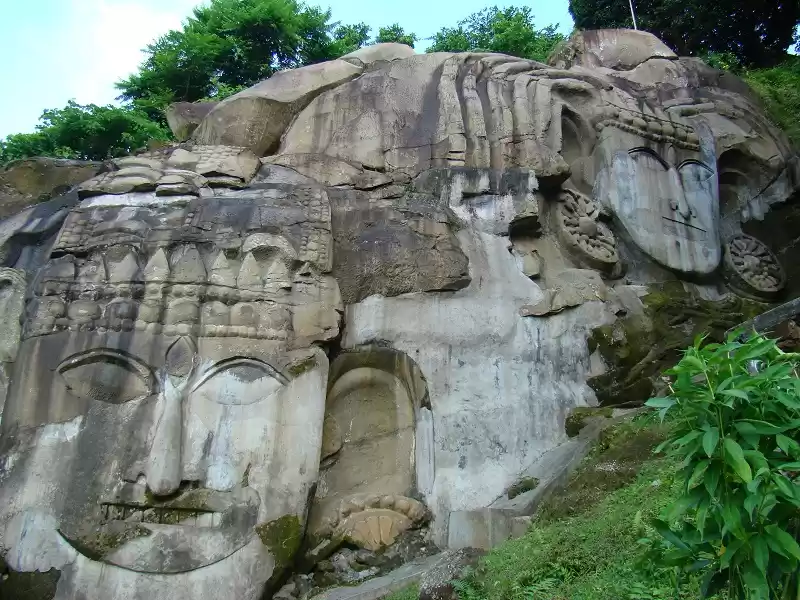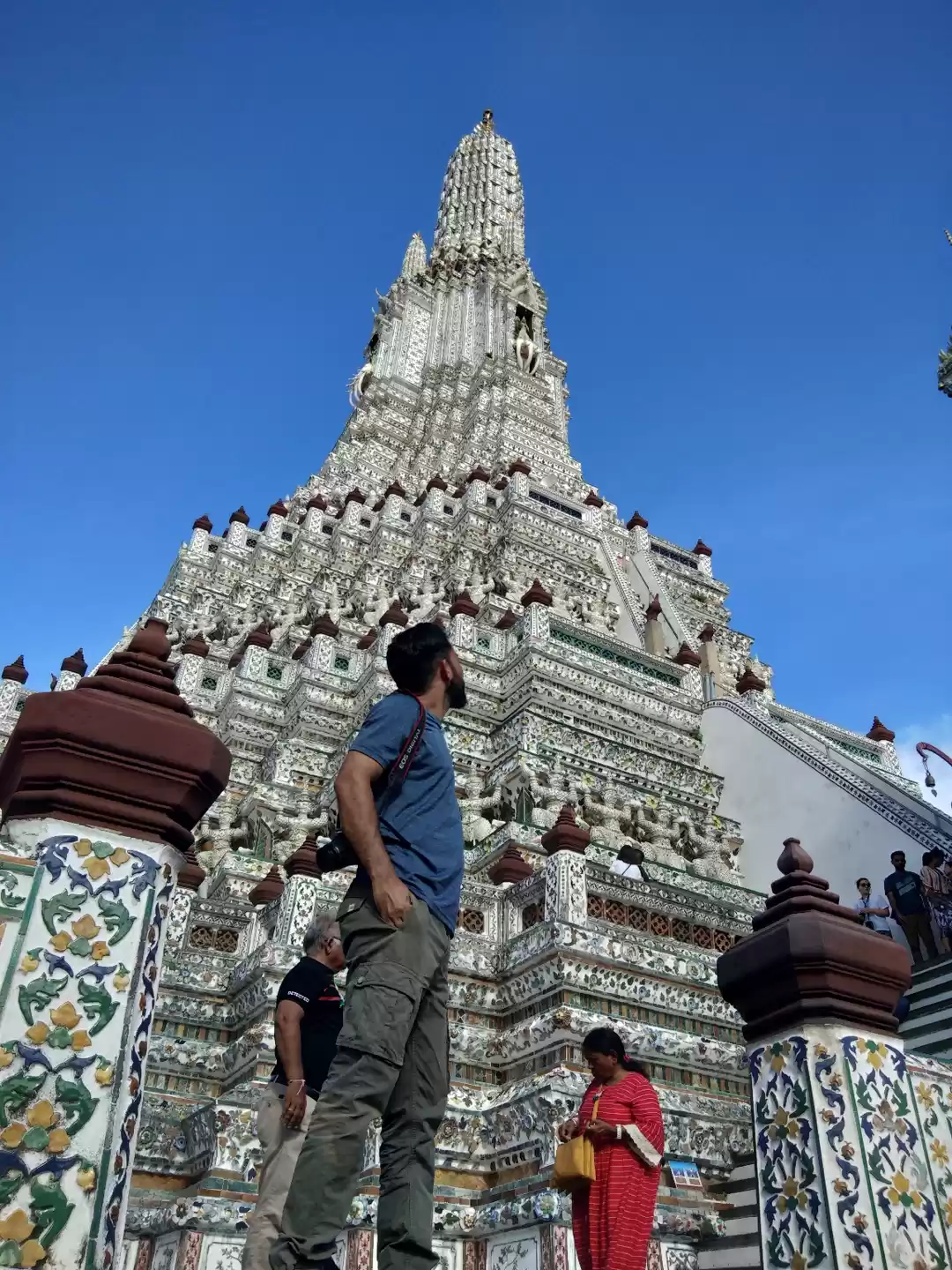Have you ever wondered what it would be like to witness the sunrise from the top of a temple that is older than the city itself? If you are looking for a unique and unforgettable experience in Bangkok, then you should not miss Wat Arun, the Temple of Dawn.
Wat Arun is one of the most iconic and impressive landmarks in Bangkok, and one of the oldest and most sacred temples in Thailand. It is located on the west bank of the Chao Phraya River, opposite the Grand Palace and Wat Pho, and it offers a stunning view of the river and the city skyline.
In this article, we will explore the history, features, and attractions of Wat Arun, and provide you with some practical tips and information for visiting the temple. We will also recommend some related attractions and activities that you can do near the temple, to make your trip more enjoyable and memorable.
History of Wat Arun
Wat Arun, which means Temple of Dawn, is named after the Hindu god Aruna, who is the personification of the rising sun. The temple symbolizes the dawn of a new era, as it was built during the founding of the new capital of Thailand, after the fall of Ayutthaya to the Burmese invaders in 1767.
The temple was originally called Wat Makok, or Temple of the Olive, and it was a modest structure that housed the Emerald Buddha, the most revered image of the Buddha in Thailand. The temple was later renovated and expanded by King Rama II and King Rama III, who added the distinctive prang, or tower, and decorated it with porcelain and glass.
The temple is also a tribute to the royal lineage and the Thai culture, as it contains the ashes of King Rama II in the base of the main Buddha image, and it features motifs and inscriptions that reflect the Buddhist teachings and the Thai history.
Features and Attractions of Wat Arun
The most striking feature of Wat Arun is the prang, which is a Khmer-style tower that rises to a height of 82 meters. The prang is adorned with thousands of pieces of porcelain and glass, which were salvaged from Chinese ships that came to trade in Bangkok. The porcelain and glass create a dazzling effect, especially when the sun shines on them.
1. The prang represents Mount Meru, the center of the universe in Hindu and Buddhist cosmology, and it has four smaller prangs around it, which symbolize the four cardinal directions and the four elements. On top of the prang, there is a trident, which is the weapon of Shiva, the Hindu god of destruction and transformation.
2. The main attraction of the prang is the opportunity to climb it, and enjoy a panoramic view of the river and the city. The climb is steep and narrow, and it requires some courage and caution, but it is well worth the effort. The best time to climb the prang is early in the morning, when the sun rises behind the temple, or in the evening, when the sun sets in front of it.
3. The main image of the temple is a golden Buddha, which is located in a niche on the eastern side of the prang. The Buddha image is said to be designed by King Rama II himself, and it has the ashes of the king in its base. The Buddha image is surrounded by twelve smaller Buddha images, which represent the previous incarnations of the Buddha.
4. The main building of the temple is the ordination hall, which is situated behind the prang. The ordination hall houses the murals, the statues, and the relics of the temple. The murals depict scenes from the life of the Buddha and the Ramayana epic, which is a Hindu story that is also popular in Thailand. The statues include the guardians of the temple, the disciples of the Buddha, and the mythical creatures such as the garuda, the naga, and the kinnara. The relics include the Buddha’s footprint, the Buddha’s hair, and the Buddha’s alms bowl.

Tips and Information for Visiting Wat Arun
If you are planning to visit Wat Arun, here are some practical tips and information that you should know:
The best time to visit Wat Arun is between November and February, when the weather is cooler and drier, and the crowd is smaller. The temple is open daily from 8:30 am to 5:30 pm, and the admission fee is 50 baht per person.
The dress code for visiting Wat Arun is modest and respectful, as it is a sacred place. You should cover your shoulders and knees, and avoid wearing shorts, skirts, tank tops, or sleeveless shirts. You can also rent a sarong or a robe at the entrance of the temple, if you need to.
The easiest and most scenic way to get to Wat Arun is by boat, as the temple is located on the river bank. You can take a public ferry from the Tha Tien Pier, which is near Wat Pho, and cross the river for 4 baht per person. You can also take a private boat or a river cruise, which offer a more comfortable and luxurious ride, but at a higher price.
To make the most of your visit, you should bring a camera, a hat, a sunscreen, a water bottle, and some cash. You should also avoid scams, such as touts who offer to take you to the temple for a cheap price, or guides who claim to work for the temple and ask for a donation. You should also respect the rules, such as taking off your shoes before entering the buildings, and not touching or disturbing the images or the relics.

Related Attractions and Activities near Wat Arun
If you want to explore more of the area around Wat Arun, here are some related attractions and activities that you can do:
Visit other temples, such as Wat Pho, which is famous for its reclining Buddha and its massage school, Wat Phra Kaew, which is the home of the Emerald Buddha and the Grand Palace, and Wat Arun Ratchawararam, which is a smaller and quieter temple that shares the same name as Wat Arun.
Visit museums, such as the National Museum, which showcases the history and culture of Thailand, the Royal Barges National Museum, which displays the ceremonial boats used by the kings, and the Museum of Siam, which tells the story of the Thai identity and diversity.
Visit landmarks, such as the Democracy Monument, which commemorates the transition from absolute monarchy to constitutional monarchy, the Giant Swing, which is a religious structure that was used for a Brahmin ceremony, and the Golden Mount, which is a man-made hill with a temple and a view point on top.
Take a boat ride or a bike tour, which are two of the best ways to see the sights and sounds of Bangkok. You can hop on and off the public ferries, which are cheap and convenient, or book a private boat or a river cruise, which are more expensive and exclusive. You can also rent a bike or join a bike tour, which are fun and eco-friendly, and explore the hidden gems and the local life of the city.
Shop at the markets or the malls, which are two of the main attractions of Bangkok. You can find anything and everything at the markets, such as clothes, accessories, souvenirs, antiques, food, and flowers. Some of the famous markets are the Chatuchak Weekend Market, the Pak Khlong Talat Flower Market, and the Khlong Lat Mayom Floating Market. You can also shop at the malls, which are modern and sophisticated, and offer a variety of brands, products, services, and entertainment. Some of the popular malls are the Siam Paragon, the Central World, and the MBK Center.
Enjoy the food or the nightlife, which are two of the highlights of Bangkok. You can taste the delicious and diverse cuisine of Thailand, from the street food to the fine dining, and from the spicy to the sweet. Some of the must-try dishes are the pad thai, the tom yum, the som tam, and the mango sticky rice. You can also enjoy the vibrant and lively nightlife of Bangkok, from the bars to the clubs, and from the live music to the shows. Some of the hot spots are the Khao San Road, the Patpong, and the Asiatique.

Conclusion
Wat Arun, the Temple of Dawn, is one of the most amazing and memorable places to visit in Bangkok and Thailand. It is a historical, cultural, and spiritual landmark, that offers a unique and unforgettable experience for travelers who seek to discover the beauty and the meaning of the temple and its surroundings.
If you are interested in visiting Wat Arun, or any other destination in Thailand, you can book your trip with Tripoto, the ultimate travel guide. Tripoto is a platform that connects travelers with local experts, who can help you plan your itinerary, find the best deals, and share their insights and tips. Tripoto is also a community of travelers, who can inspire you with their stories, photos, and reviews.


























